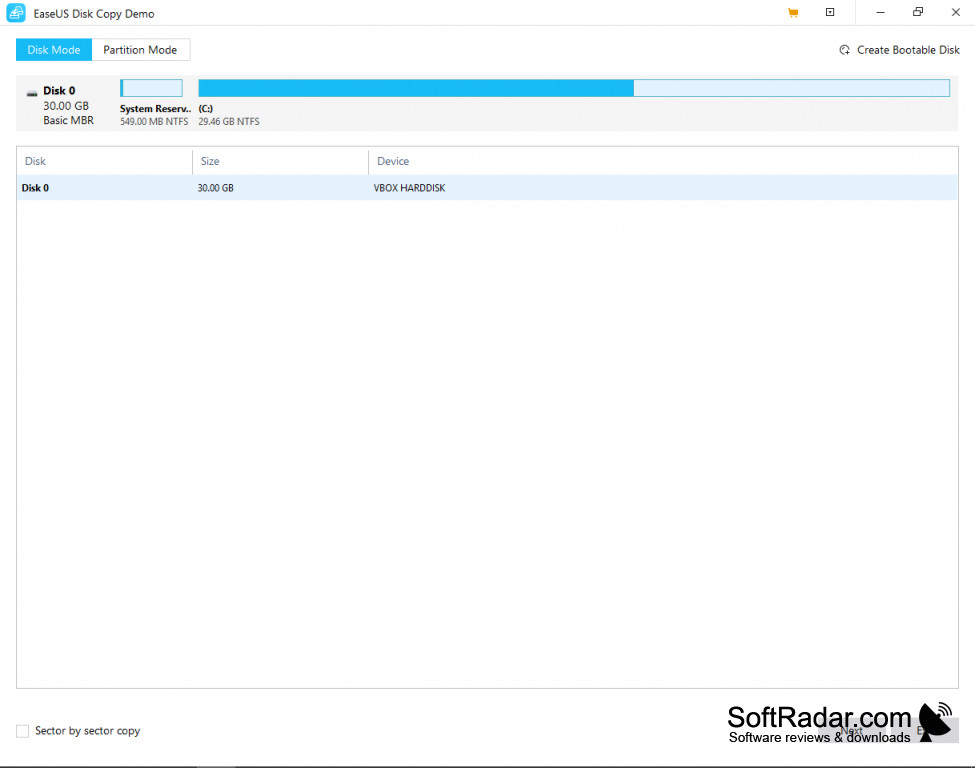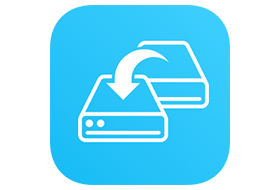
 One image restoring to multiple local devices is supported. You can also use a lot of boot parameters to customize your own imaging and cloning. Almost all steps can be done via commands and options. Clonezilla live also can be booted on a BIOS or uEFI machine. Both MBR and GPT partition formats of hard drive are supported. Boot loader, including grub (version 1 and version 2) and syslinux, could be reinstalled. LUKS (Linux Unified Key Setup) is supported.
One image restoring to multiple local devices is supported. You can also use a lot of boot parameters to customize your own imaging and cloning. Almost all steps can be done via commands and options. Clonezilla live also can be booted on a BIOS or uEFI machine. Both MBR and GPT partition formats of hard drive are supported. Boot loader, including grub (version 1 and version 2) and syslinux, could be reinstalled. LUKS (Linux Unified Key Setup) is supported.  LVM2 (LVM version 1 is not) under GNU/Linux is supported. For unsupported file system, sector-to-sector copy is done by dd in Clonezilla. For these file systems, only used blocks in partition are saved and restored by Partclone. Therefore you can clone GNU/Linux, MS windows, Intel-based Mac OS, FreeBSD, NetBSD, OpenBSD, Minix, VMWare ESX and Chrome OS/Chromium OS, no matter it's 32-bit (x86) or 64-bit (x86-64) OS. Many File systems are supported: (1) ext2, ext3, ext4, reiserfs, reiser4, xfs, jfs, btrfs, f2fs and nilfs2 of GNU/Linux, (2) FAT12, FAT16, FAT32, exFAT and NTFS of MS Windows, (3) HFS+ and APFS of Mac OS, (4) UFS of FreeBSD, NetBSD, and OpenBSD, (5) minix of Minix, and (6) VMFS3 and VMFS5 of VMWare ESX. "A Full Review of EaseUS Partition Master Free Edition". ^ "Easeus Partition Master Professional Worth a Look". Pete The Nerd's How To Speed Up Your Slow Computer For Everyday Users. Data Hiding Techniques in Windows OS: A Practical Approach to Investigation and Defense.
LVM2 (LVM version 1 is not) under GNU/Linux is supported. For unsupported file system, sector-to-sector copy is done by dd in Clonezilla. For these file systems, only used blocks in partition are saved and restored by Partclone. Therefore you can clone GNU/Linux, MS windows, Intel-based Mac OS, FreeBSD, NetBSD, OpenBSD, Minix, VMWare ESX and Chrome OS/Chromium OS, no matter it's 32-bit (x86) or 64-bit (x86-64) OS. Many File systems are supported: (1) ext2, ext3, ext4, reiserfs, reiser4, xfs, jfs, btrfs, f2fs and nilfs2 of GNU/Linux, (2) FAT12, FAT16, FAT32, exFAT and NTFS of MS Windows, (3) HFS+ and APFS of Mac OS, (4) UFS of FreeBSD, NetBSD, and OpenBSD, (5) minix of Minix, and (6) VMFS3 and VMFS5 of VMWare ESX. "A Full Review of EaseUS Partition Master Free Edition". ^ "Easeus Partition Master Professional Worth a Look". Pete The Nerd's How To Speed Up Your Slow Computer For Everyday Users. Data Hiding Techniques in Windows OS: A Practical Approach to Investigation and Defense. 
Computer Maintenance Hacks: 15 Simple Practical Hacks to Optimize, Speed Up and Make Computer Faster.
^ "Easeus Partition Master review: Professional Edition". ^ "EaseUS Partition Master Free Review: Partition Manager for Windows PC". ^ "How to securely wipe anything from your Android, iPhone or PC".










